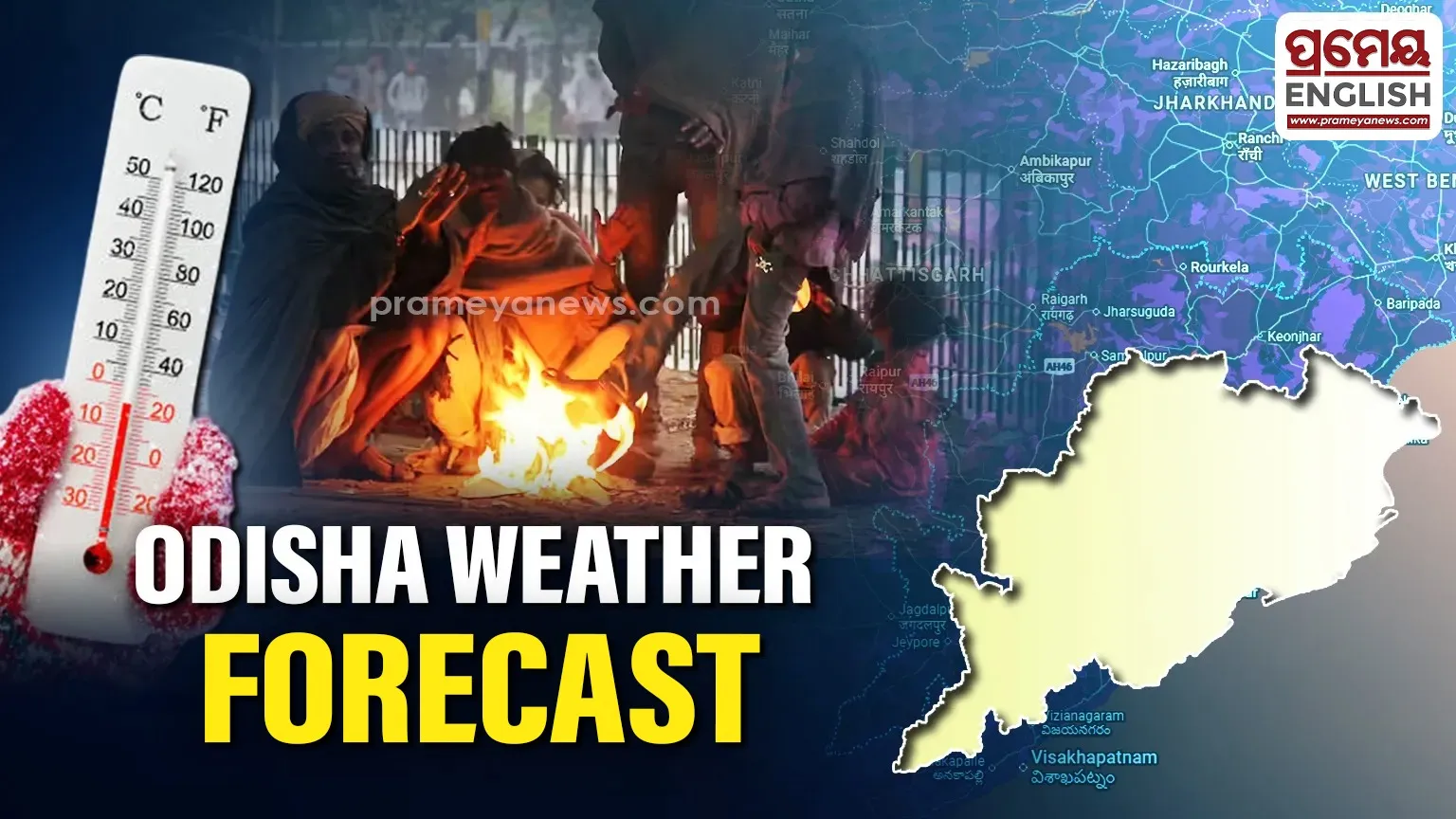

Odisha weather forecast: Cold wave tightens grip, Phulbani and Daringbadi shiver
Winter has firmly established its presence across the state, with the latest Odisha weather forecast indicating a continued drop in night temperatures. According to the data released by the Meteorological Centre Bhubaneswar on Sunday, January 11, 2026, severe cold conditions are sweeping through the interior districts, while coastal areas are witnessing moderate fog.
Current Weather Scenario
Realized weather data from January 11 shows a significant dip in mercury levels. Daringbadi, known as the Kashmir of Odisha, recorded a freezing 6.5°C, making it the coldest station in the hill areas. In the plains, Phulbani recorded the lowest minimum temperature at 7.0°C. Other western and interior towns like Jharsuguda, Rourkela, and Sundargarh are also feeling the bite of the cold, with temperatures hovering in single digits.
Twin City Weather Update
Residents of Cuttack and Bhubaneswar woke up to misty conditions today. The forecast for the Twin City suggests fog or mist in the morning followed by partly cloudy skies later in the day. Maximum temperatures are expected to remain around 27°C to 28°C, while minimum night temperatures will stay between 11°C and 13°C throughout the week.
Day-wise Forecast Breakdown
The IMD projections for the coming days highlight a steady pattern of chill across the region:
Advisory
With the mercury plunging, the Meteorological Department advises residents in interior pockets to take precautions against the cold, especially during the night and early morning hours. Commuters in the Twin City area should stay alert for reduced visibility due to morning fog.